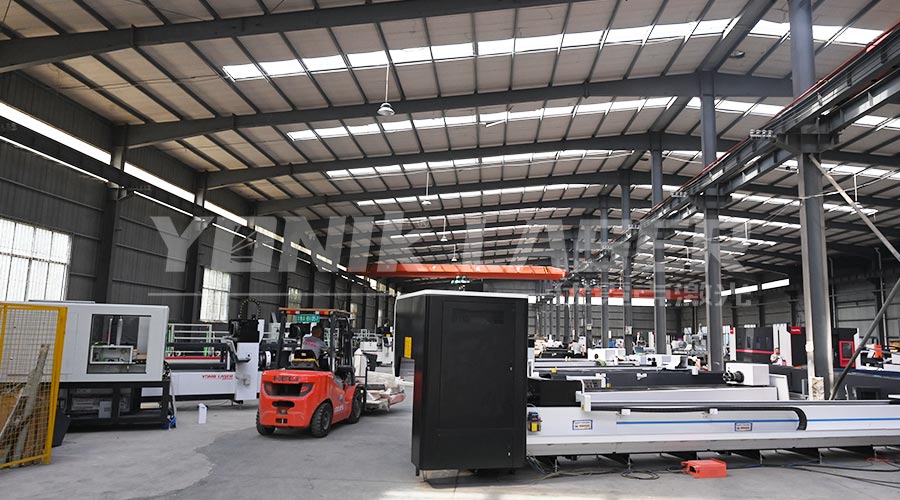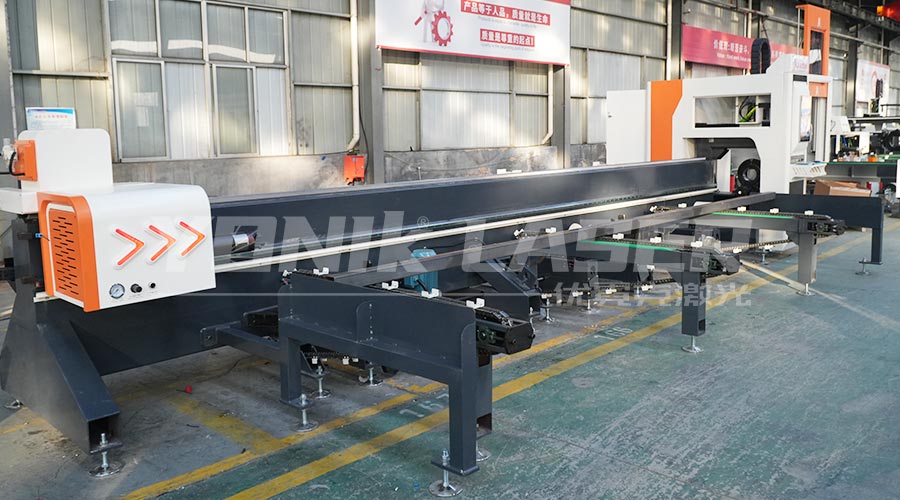In modern manufacturing, cutting technology is an indispensable part. With the continuous advancement of technology, cutting methods are also constantly updated and iterated. Among them, laser cutting machines and mechanical cutting machines are two common cutting equipment, each with unique characteristics and advantages. This article will focus on the significant advantages of laser cutting machines compared with mechanical cutting machines, and provide valuable reference for practitioners in related industries.

Laser cutting machines use high-energy-density laser beams as cutting tools, and achieve fast and precise cutting of materials by precisely controlling the moving trajectory of the laser beam. This technology has obvious advantages over traditional mechanical cutting machines in many aspects.
Laser cutting machines have extremely high cutting accuracy. Because the diameter of the laser beam is extremely small and the energy is concentrated, it can achieve micron-level cutting accuracy. This is of vital importance for fields that require high-precision processing, such as aerospace, precision instrument manufacturing, etc. In contrast, the cutting accuracy of mechanical cutting machines is affected by factors such as mechanical structure and tool wear, and often cannot achieve such a high level of accuracy.
Laser cutting machines also have significant advantages in cutting speed. The laser beam moves very fast and can complete the cutting task of a large amount of materials in a short time. This not only improves production efficiency, but also reduces the processing cost of each product. Mechanical cutting machines rely on knives for physical cutting, so the cutting speed is relatively slow and is easily affected by factors such as material hardness and thickness.
In terms of material adaptability, laser cutting machines also perform well. It can cut a variety of materials, including metal materials such as stainless steel, aluminum alloy, carbon steel, and some non-metallic materials. This wide range of material adaptability makes laser cutting machines widely used in many industries. Although mechanical cutting machines can also cut a variety of materials, they may not work well when cutting certain special materials, such as high hardness and high brittleness materials.
In addition, laser cutting machines also have a high level of automation and intelligence. It can be integrated with the automation system to achieve fully automatic operation, greatly reducing labor costs and operating risks. At the same time, the control system of the laser cutting machine usually adopts advanced CNC technology, which can be easily programmed and debugged to meet the cutting needs of workpieces of different shapes and sizes. The operation of the mechanical cutting machine is relatively simple, but the degree of automation is low, and manual intervention and adjustment are usually required.
It is worth noting that although laser cutting machines have many advantages, their purchase and maintenance costs are relatively high. However, in the long run, since laser cutting machines can improve production efficiency, reduce processing costs, and have broad application prospects, their return on investment is often high. For companies pursuing high-quality and high-efficiency production, laser cutting machines are undoubtedly an option worth considering.

In summary, laser cutting machines have significant advantages over mechanical cutting machines in terms of cutting accuracy, cutting speed, material adaptability, and degree of automation. These advantages make laser cutting machines play an increasingly important role in modern manufacturing. With the continuous advancement of technology and the continuous expansion of applications, it is believed that laser cutting machines will bring more efficient and accurate cutting solutions to more industries.
2025-07-22
2025-07-21
2025-07-19